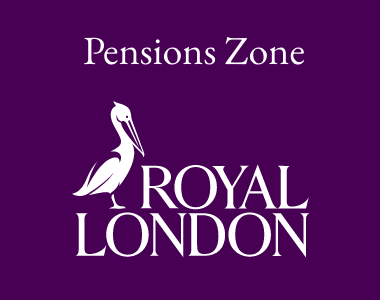In the last part of this three part article covering what you need to know about top slicing relief, the M&G Wealth Technical Team look at FA 2020 top slicing measures.
Article 1 looked at what top slicing is and how it works and articles 2 provided some practical top slicing calculations.
Further thoughts on 11 March 2020 Budget
Firstly, bear in mind that the FA 2020 top slicing measures only apply with effect from 11 March 2020 and may not be applied retrospectively.
When calculating top slicing relief, the starting rate for savings and the personal savings ‘allowance’ must be considered. Unlike the personal allowance situation (see below), HMRC consider that from 11 March 2020, there is no recalculation in step 4 when calculating the notional tax due on the slice.
In contrast, where an individual has adjusted net income over £100,000 and their personal allowance is reduced then the position for gains arising on or after 11 March 2020 is that the reduced personal allowance is recalculated for the purposes of Step 4 of the top slicing relief calculation only.
Budget 2020 also confirmed that within the calculation of top slicing relief, reliefs and allowances available must now (i.e. from 11 March 2020) be set-off, as far as possible, against other income in preference to the gain. This means that the rules comprised in S25(2) of ITA 2007 do not apply – these rules require reliefs and allowances to be set against income in a way that results in the greatest reduction in an individual’s income tax liability.
Example
Fraser has salary of £25,140 and on 1 July 2022 he surrenders a bond held for 10 years with a gain of £100,000.
• His adjusted net income of £125,140 reduces his personal allowance to nil.
• His starting rate for saving is nil (because the first £5,000 of taxable income is earned income).
• His personal savings allowance is £500 (because he is a higher rate taxpayer).
• For the purposes of Step 4 of the top slicing relief calculation his personal allowance is recalculated to £12,570 (because his £25,140 salary plus bond slice of £10,000 falls well below £100,000).
• His personal savings allowance is not recalculated within Step 4 of his top slicing relief calculation. Instead it remains at £500.
• His non entitlement to the starting rate for savings is also not recalculated within Step 4.
• His recalculated personal allowance must be set as far as possible against other income (i.e. his salary) in preference to his bond gain
The Top Slicing Relief changes were announced as taking effect from the date of the Budget (11 March 2020). This led to questions concerning those with chargeable event gains prior to that date.
On 20 July 2020, HMRC confirmed to the Chartered Institute of Taxation (CIOT) that the mode of calculation as set out in the March 2020 Budget (and which is now included in the Finance Act) will be applied, ‘by concession’, to any gains in both 2018/19 and 2019/20 tax years. This was subsequently confirmed in Agent Update 79. Originally, Agent Update 78, indicated that HMRC would only be applying the new provisions to 2019/20 gains.
HMRC started an automatic process to identify any taxpayers who filed in 2018/19 and should have benefited from more of their personal allowance in their Top-Slicing Relief computation. HMRC have said that amendments made will only be favourable to taxpayers although the CIOT understands it is possible this new treatment is not always in the taxpayer’s favour.
Any taxpayer in the same position in 2019/20 need to file a paper return, for HMRC to process manually. From 2020/21, HMRC’s Self-Assessment calculator should produce the right result and returns should not need to be filed manually.
2017/18
Chargeable event gains which arose in 2017/18 are in time for overpayment relief claims only up to 5 April 2022.
In this tax case relating to the 2017/18 tax year, the First-tier Tribunal confirmed that the legislation introduced in 2020 removing beneficial ordering was not clarification of existing legislation and did not have retrospective effect. The decision was released on 18 February 2022 and is within the 56-day appeal period for HMRC to challenge.
Tim Good (of Absolute Accounting Software Ltd) who represented the taxpayer in the above case commented that the Judge agreed that when applying beneficial ordering, the legislation requires that the income tax liability rather than income tax payable is to be minimised (i.e. before rather than after deducting any notional bond tax credit). This may occasionally result in higher overall tax payable than calculated by the current HMRC self-assessment calculator in respect of gains arising on or after 11 March 2020.





























